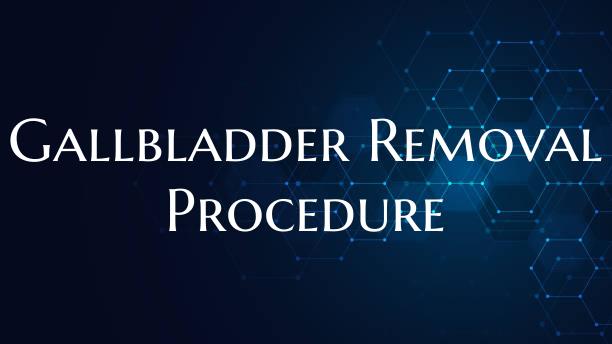
Gallbladder Removal Procedure
The gallbladder removal procedure, also known as cholecystectomy, is a common surgical intervention performed to relieve symptoms associated with gallbladder issues. The gallbladder is a small organ located beneath the liver, and its main function is to store bile, a digestive fluid produced by the liver. However, when the gallbladder becomes diseased or develops gallstones, it can lead to significant discomfort and complications, necessitating its removal.
There are two main types of gallbladder removal procedures: laparoscopic cholecystectomy and open cholecystectomy. Laparoscopic cholecystectomy, the most common approach, is a minimally invasive surgery that involves making several small incisions in the abdomen through which a tiny camera and surgical tools are inserted. This method allows for quicker recovery, reduced pain, and minimal scarring compared to open cholecystectomy, which involves a larger abdominal incision.
The surgery is usually performed under general anesthesia, and the surgeon carefully disconnects the gallbladder from the liver and bile duct before removing it. Patients are typically discharged on the same day or within a few days of the procedure, depending on their recovery progress.
Following a gallbladder removal, patients may experience some temporary side effects such as bloating, diarrhea, or changes in bowel habits as the body adjusts to the absence of the gallbladder. Most individuals can resume their normal activities within a week or two post-surgery, but it's essential to follow the recommended dietary guidelines to aid digestion and prevent discomfort.
In conclusion, the gallbladder removal procedure is a safe and effective treatment for gallbladder-related issues. If you are experiencing symptoms such as abdominal pain, nausea, or jaundice, consult with a healthcare provider to determine if gallbladder removal is the appropriate course of action for your condition.